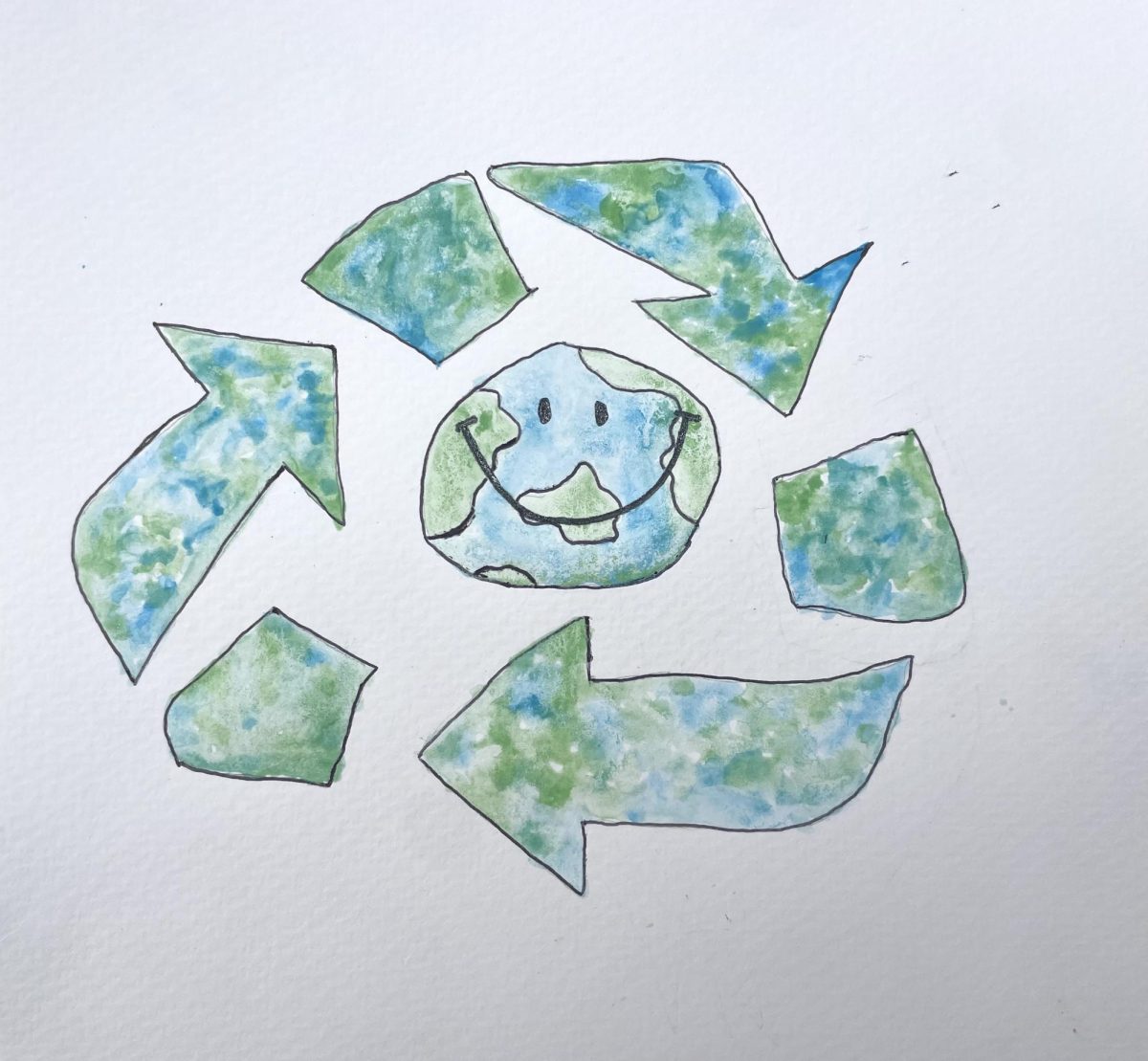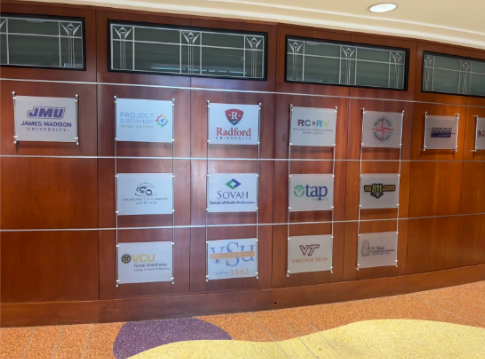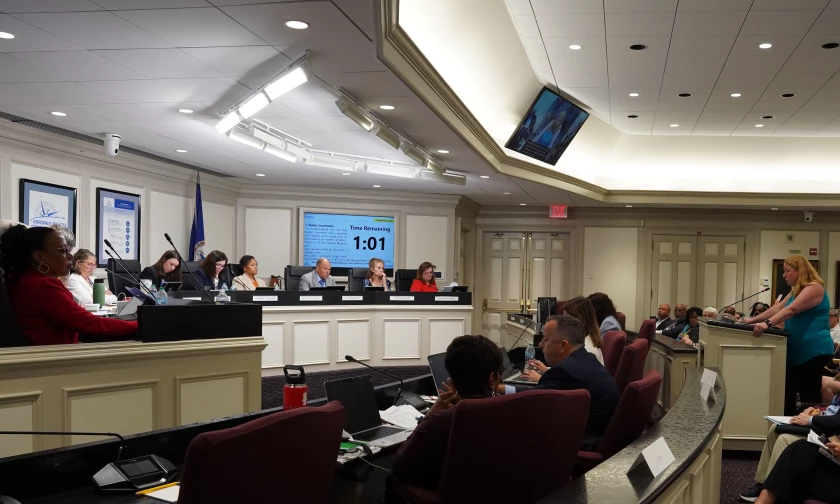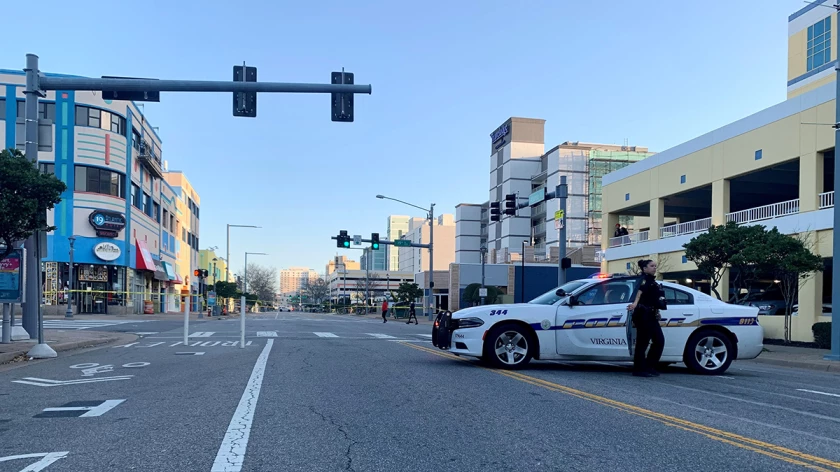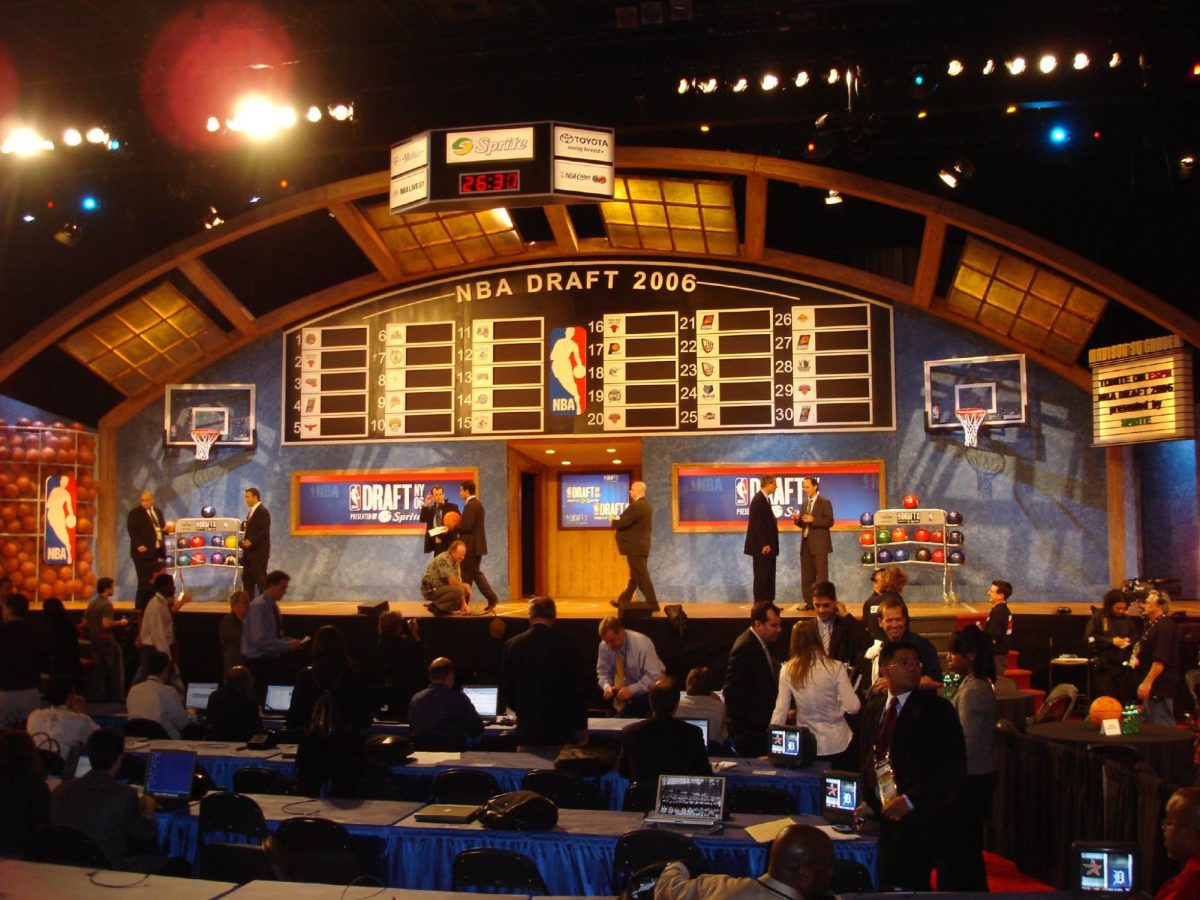“Briiing!”
The lunch bell rings and crowds of students flood out of the cafeteria in a hurry to get to class. Plastic bags, trays and cups galore fill their hands, piling up in mountains on the brown trash bins, yet not even a crumb falls in the blue recycling bins, almost as if they are invisible.
Over the years, recycling in schools and classrooms has become less and less of a priority among students and staff. Schools are one of the largest producers of waste due to large populations, making it easier for recycling to be overlooked. In fact, public schools in the U.S. produce around 14,500 tons of waste every day, according to earthday.org.
One of the main contributors to irresponsible recycling is a lack of education and awareness. When discarding waste, it can be tricky to know what can and cannot be put into the recycling bin. For most students, it is safer to assume something cannot be recycled than to misplace it in the wrong bin. This last-second decision draws a line between responsible and irresponsible disposal.
Some may argue that recycling is one giant lie and that recyclables generally get mixed in with regular waste. However, recycling is a ripple effect. If done incorrectly, the whole process becomes hindered. One contaminated item forces a more costly removal process, preventing the manufacturers from reusing the material, and resulting in further depletion of natural resources at alarming levels. Contaminated items cannot be taken to recycling facilities, while non-contaminated recyclables can, creating the misconception that recyclables are never actually recycled.
In addition to lack of education and misuse, the physical absence of recycling bins in schools takes away from the ability of a student to responsibly recycle.
“In the cafeteria, students just see big trash cans and dump their trash in,” junior Justin Salvador said. “If we provide recycling bins, we’d give students an option to recycle the things that need to be recycled, such as plastic water bottles, cans, etc.”
Ensuring that recycling bins are accessible to students in all areas of the school, especially the cafeteria, can help encourage students to recycle. Additionally, students can reduce their plastic use by using recyclable containers instead of plastic bags for meals, and by bringing reusable water bottles instead of plastic ones.
Schools can take multiple initiatives to help motivate recycling such as hosting school recycling competitions, providing posters and creating education programs. Providing posters on or near recycling bins is a great way to help students decipher what can go in the blue bin. Clean bottles, cans, paper and cardboard can all be recycled while food waste and food-tainted items cannot. Furthermore, providing incentives through competition can encourage students to want to participate in a recycling program.
“I think our school can publicize recycling by just implementing the idea to students and hosting activities that can push students to recycle,” Justin said.
Overall, recycling is more than important to the environment. It reduces the need for extracting more raw materials, uses less energy to create the same products and cuts down on water pollution, according to the Environmental Protection Agency. Being large waste contributors, schools can make an impact on the environment by providing accessibility and advocacy for recycling programs, thus creating a more sustainable environment.
Everybody has a choice when it comes to recycling, every school can make a difference and every can counts. Instead of carelessly throwing away trash, make the extra effort to use the right bin.

